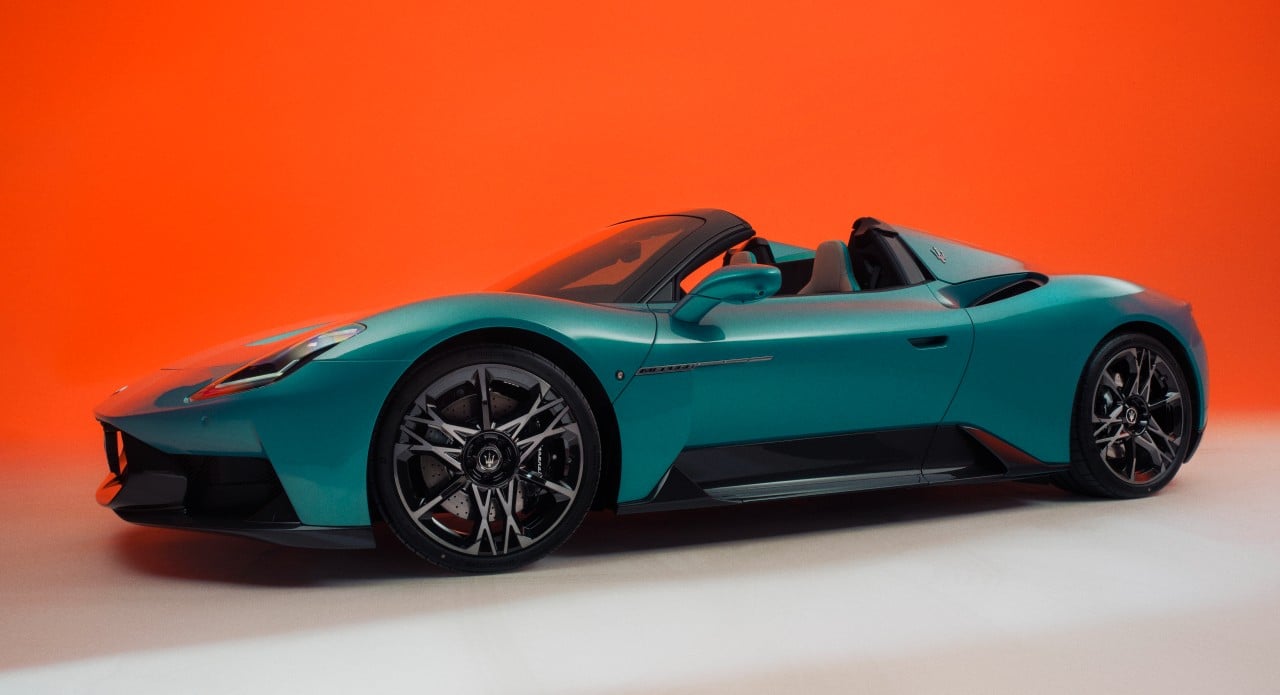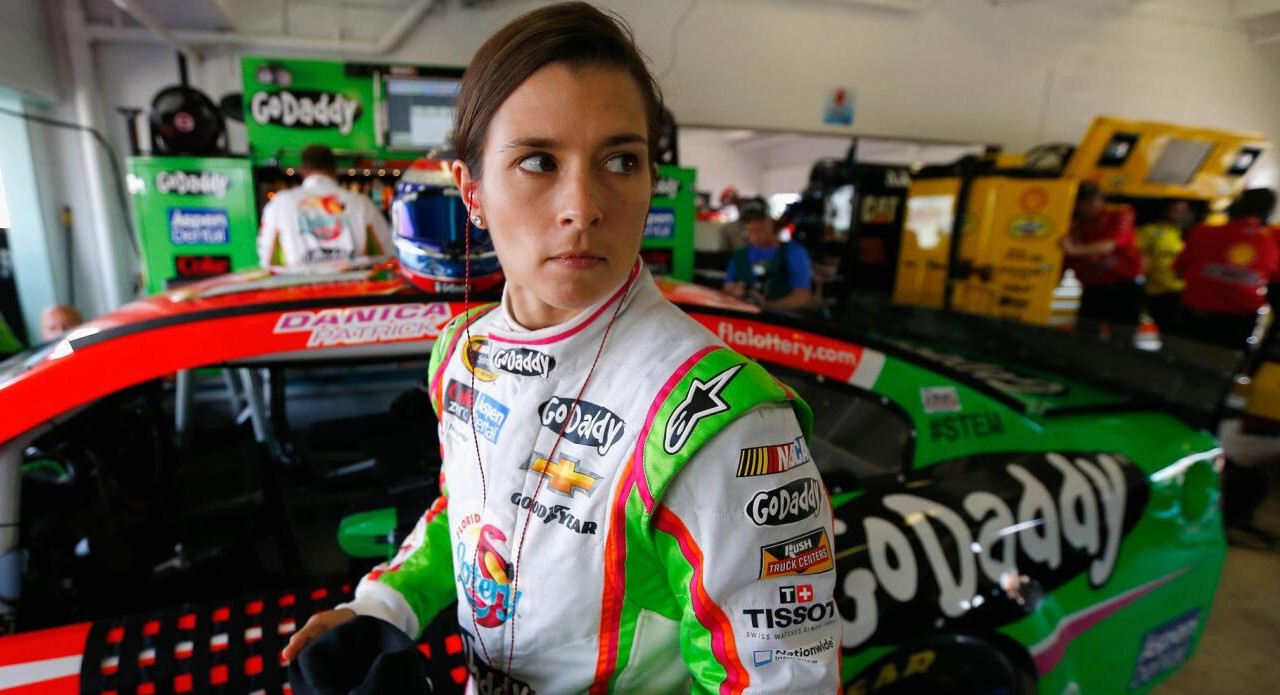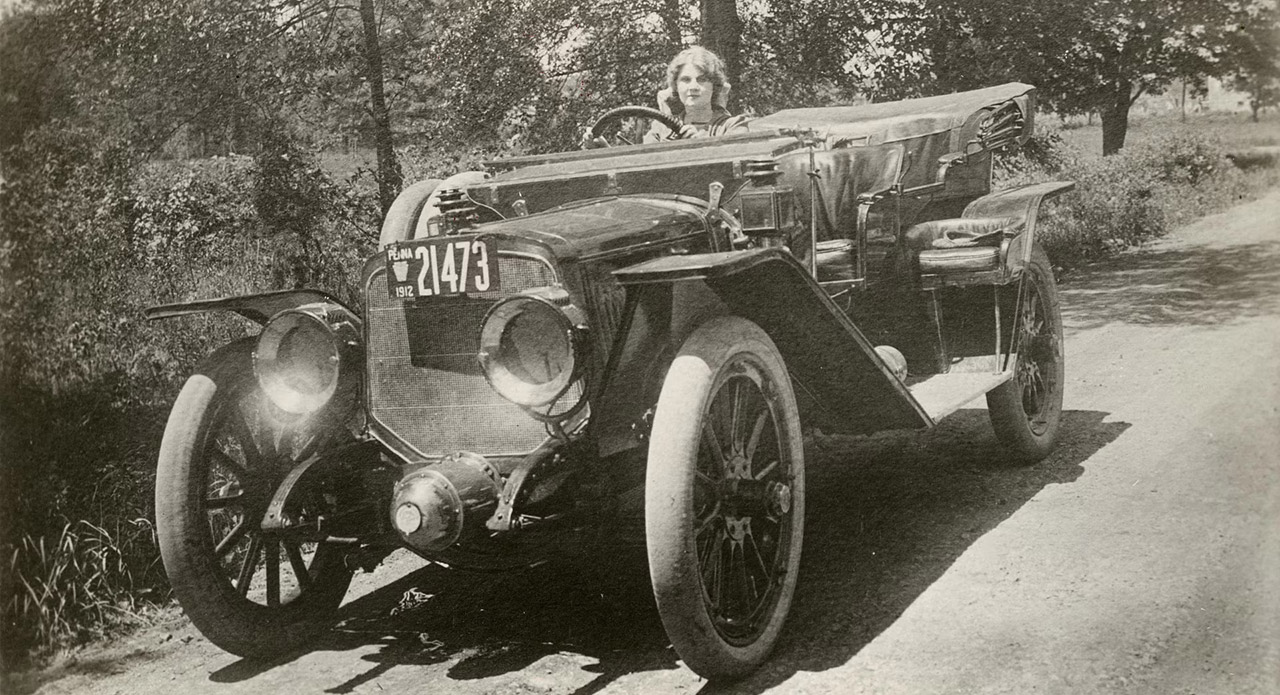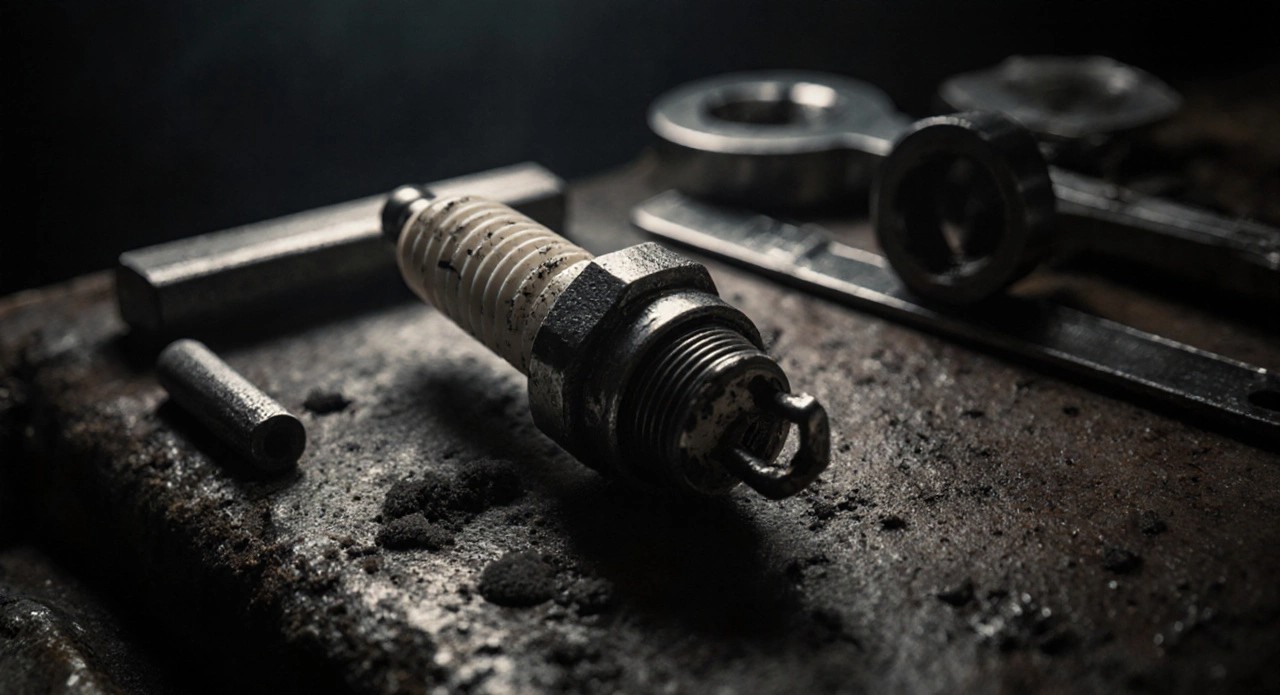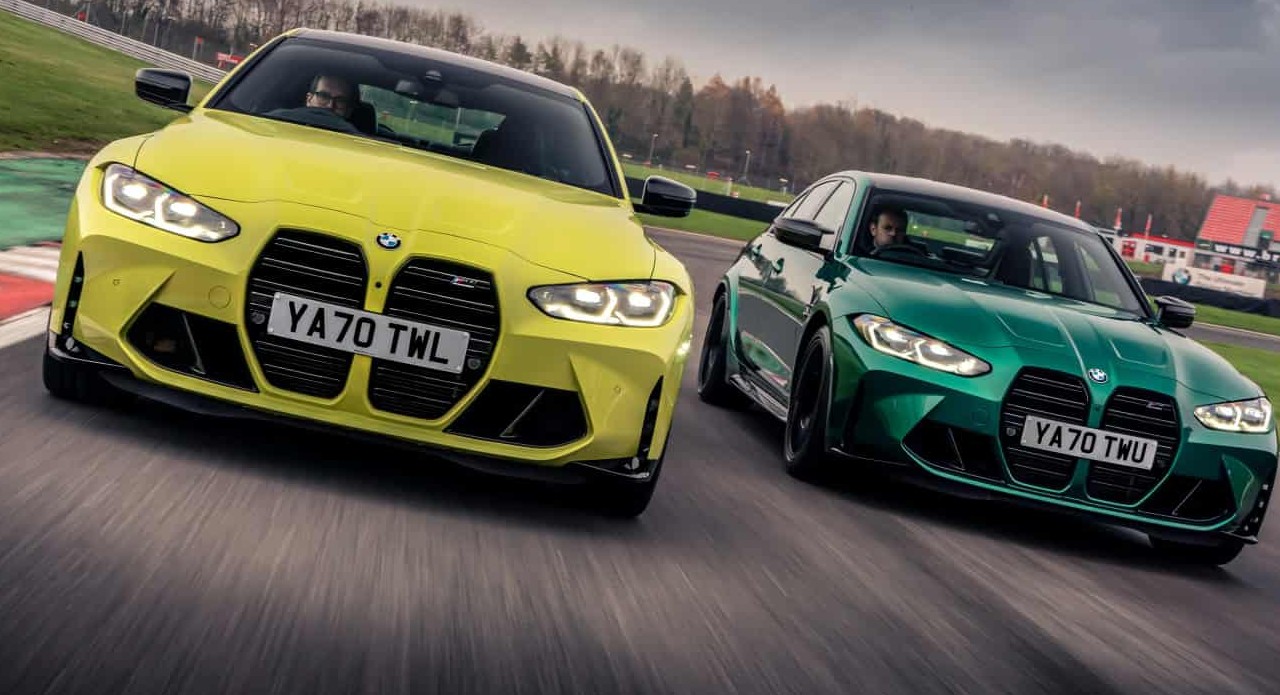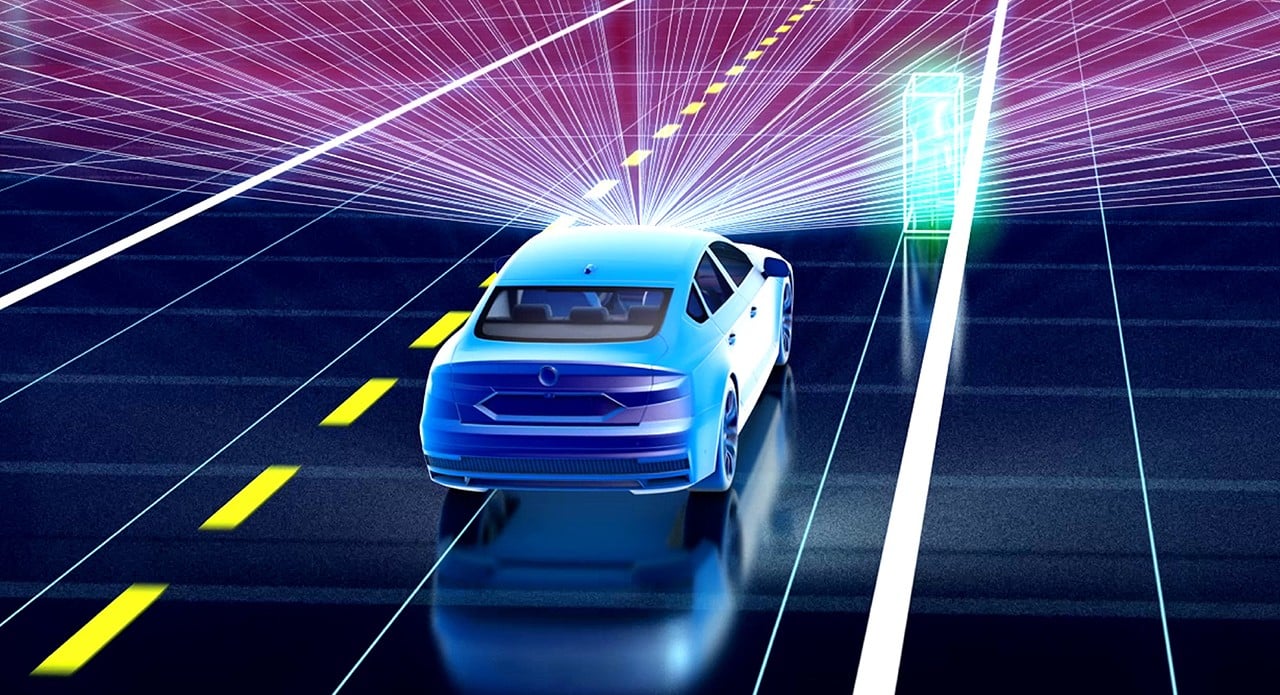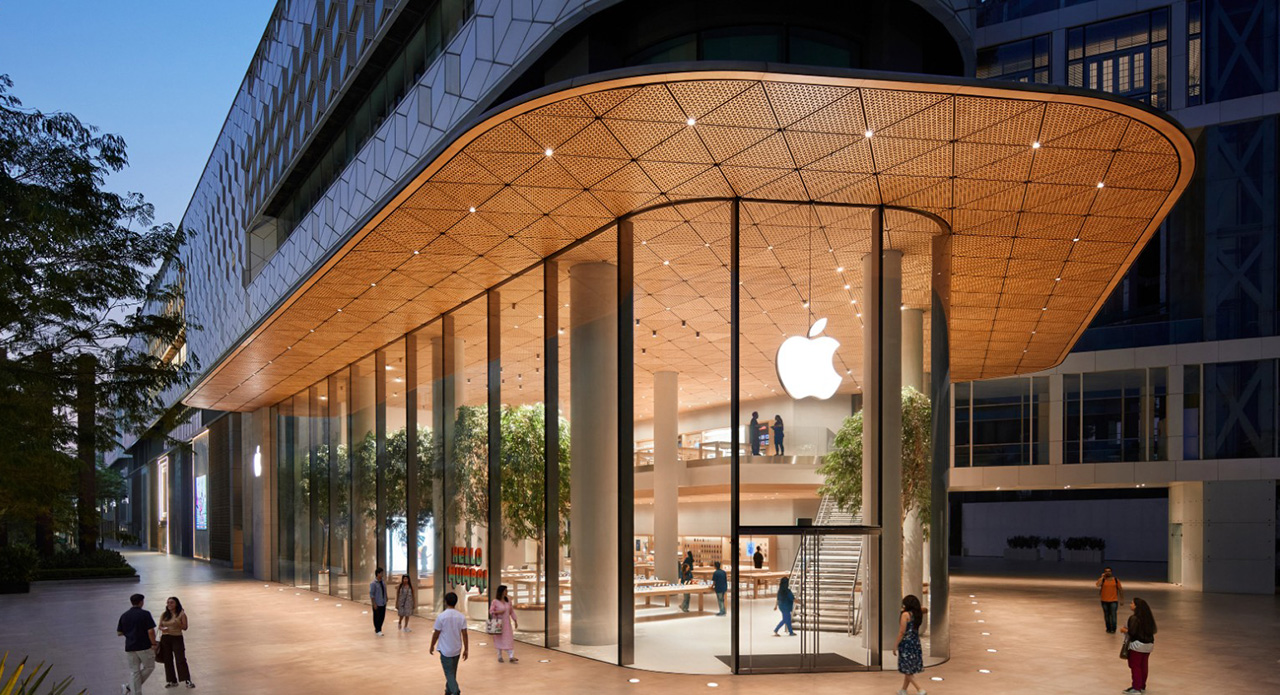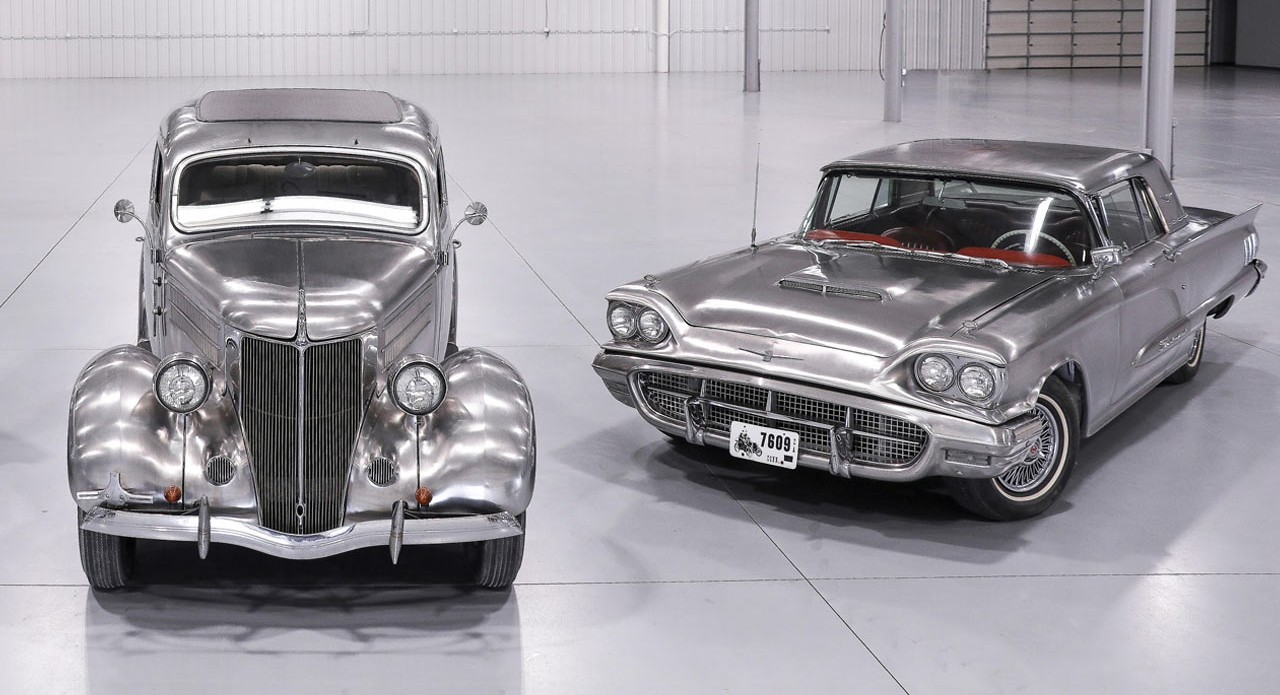Maserati has officially launched the MC20 Cielo “MC PURA” in India, marking the ultra-exclusive model’s first appearance in the country. The Trident’s new showroom, located at Mohan Cooperative Industrial Estate in South Delhi, was inaugurated at an exclusive launch event held on October 4th, drawing guests, brand enthusiasts, and media. Operated by DPS Motors LLP as Maserati North India, the facility offers a full spectrum of services, including new car and approved car sales, dedicated client experience and service support. The new Maserati showroom spans over 1,100 square meters with 4 vehicle display spaces, 6 workshop bays and a separate wash bay.
The newly launch sports car has “Butterfly” doors, to improve access to the passenger compartment and simultaneously reveal the carbon-fibre structure of the chassis. In the Cielo version, MCPURA introduces a retractable roof in polymer-dispersed liquid crystal (PDLC) glass, the first to do so in its class, with the ability to switch from opaque to transparent in one second. The onboard experience thus becomes multi-faceted: all-encompassing with the roof closed and opaque; a unique “sky feeling” when the roof is transparent; holistic with the top down. Outlook Luxe spoke to Philippe Claverol, Head, Maserati Overseas Region to discuss Maserati’s strategic expansion in India, the brand’s Italian heritage, and what the future holds for the luxury carmaker in this dynamic market

Maserati has made a significant move by opening a new showroom in Delhi. Could you tell us what this launch signifies in the larger context of Maserati’s global expansion strategy
I would say not only the wealth, but the luxury car market is, you will see that there is the European car market that is very strong. The growth is definitely coming from some countries in the Middle East, but especially Asia, India region. So obviously India, we see that it’s not only a huge country in terms of the size, in terms of population, but we see that there is a growing number of very successful Indian entrepreneurs that are really having big successes in developing companies on the Indian market, but also exporting and so on. And they have an increasing appreciation for luxury products. And you can see that if you travel to Milan, if you travel to Paris, London, New York, you see Indian families, wealthy Indian families travelling and buying luxury products. So, we think that the Indian car market is already big. The luxury car market in India is small, but we think that it’s going to grow step by step.

You’ve often referred to India as the land of entrepreneurs. How do you see this entrepreneurial spirit aligned with Maserati’s customer DNA?
You see, our clients are independent people, they have their own thinking. And I think that what they appreciate in Maserati is the fact that it’s not everybody’s car. It’s not only the fact that it’s a luxury product. It’s the fact that it’s performance, it’s luxurious, and it’s also a statement to drive a Maserati. It means that you know something that the others do not know or do not appreciate. And I think this is why, apart from obviously the price and the specifications of the car, this is what they appreciate.
What kind of response or demand trends have you observed from the Indian customers so far, and how have they evolved in the recent years?
Obviously, due to the road conditions, we see that SUVs are really well appreciated in India. What I see at the same time is that although you may think that due to the road conditions, people just want SUVs, we are now selling the Grand Cabrio, for example, which is a luxury sports Cabrio. We are selling this kind of product. So, it is telling us that there are some rational aspects, but people are also looking for something more. And I think this is something that is growing in India as well.
Which segments or models do you foresee resonate the most with the Indian luxury automobiles by now?

I personally think that Indian customers have an appreciation for refined products, meaning that they love colours. For example, the red interior that we do have is very well appreciated in India. I would not be surprised to see that in India we sell more and more bright colours, more and more bespoke products, because India has a long tradition of very emotional colours, very emotional interiors, fabrics, and so on. So, this is where I think people will have, probably the luxury market will grow. More and more personalisation, which is something that we can offer.
How does Maserati plan to differentiate itself from other luxury and performance markets already present here?
You know, Maserati has a unique heritage that no other brand can claim. The company has existed since 1914. The first road car was launched in 1926. We were in Formula 1 in the 1950s when Formula 1 was starting. This long tradition that is unique. And then we have a unique approach to do our cars. We do cars that are performance and luxury at the same time with this Italian luxury flair that the other brands do not have. The interiors, they are very, very refined with full leather interior.
Talking about the Grand Cabrio, could you introduce the model to our Indian audience? And what makes this particular model really special?
The design is unique. It’s a convertible, and also in coupe, but it’s a four-seater, meaning that four adults can sit into it. It’s a 4×4 car, meaning that you always have the best traction. It has the V6 Nettuno in two forms, 490 or 550 horsepower. It has a unique balance. And I can tell you one thing. I drove this car on a circuit in Abu Dhabi on the Formula 1 track. It’s high performance, high luxury. You have a trunk.
What aspects of Maserati’s Italian heritage and racing DNA are most evident in the MC collection?
First of all, you see it has a carbon body that has been engineered at Dallara. Very close to our offices in Modena. The V6 engine is a twin-turbo with technology that is derived from Formula 1. It’s actually a three-litre. And you may know that in Formula 1 they also had three-litre engines very recently. And I would say that this one has nothing hybrid, nothing electric to have the pure sensation. So, this is what really defines this MC Pura. And it goes back to the tradition of sports cars Maserati has been doing for many, many years.
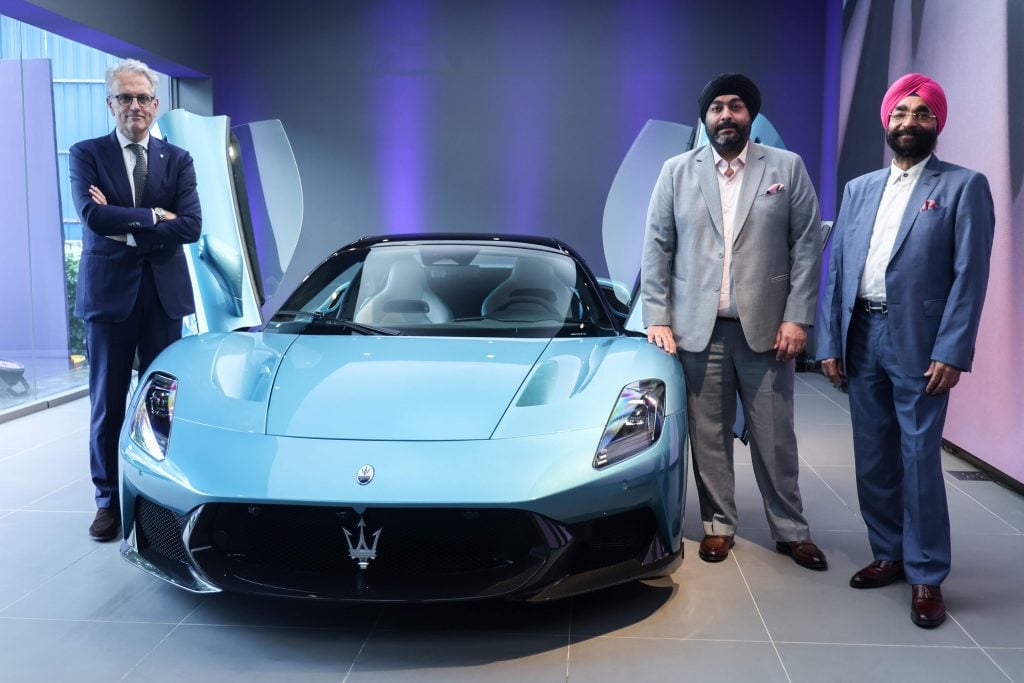
How does Maserati see the MC collection influence brand perception and growth in India over the next few years?
I think it’s not only part of our heritage to have this kind of car. At the same time, marketing people will tell you that it’s the halo car. It’s the top of the range, the super car that maybe the kids will have in their bedroom. Probably now they have a photo on their phone. On one side, it does cater to the needs of some customers that really want to have a super car. And at the same time, it’s the sport of the car. So it is taking the brand to a certain positioning in the market.
Maserati has signalled a strong push towards electrification globally. How does this translate to your strategy for India?
We’ve made a big bet on electric. So, the Gran Turismo, the Gran Cabrio and the Grecale, they do exist in full electric version. To be fair, the market demand is not where we thought it would have been. And I think many of my competitors could make the same statement. So, we still have them, but we are now taking a more market-based approach. There are some markets where it is clear that without electric cars, there is no more market. In Northern Europe, for example, 90% of the sales now are becoming electric. And then there are other markets where electric cars are less requested from the market. So, we are taking this very pragmatic approach. In India, frankly speaking, we can sell the electric cars, but we don’t see a strong market demand in this price point.
